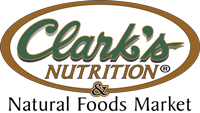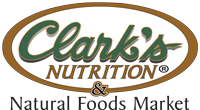Gluten Free
What does following a gluten-free diet mean? That you're embarking on an easy diet with a wide range of health-promoting effects. Instead of dwelling on what you’re giving up, consider that you’re going to enjoy a whole new world of delicious food options to meet your special dietary needs. You’ll be eating seasonally, choosing more fresh fruits and vegetables, focusing on meats, seafood, poultry, legumes, lentils, corn, and rice, and discovering fascinating ancient grains such as quinoa, amaranth, and millet. You’ll be able to eat potatoes, eggs, most cheeses, even chocolate (!)—and enjoy them without guilt because you’ll be taking good care of your body. In fact, you’ll probably end up eating—and feeling—better than ever!
Visit this page for more information about living Gluten Free
---
We carry a large variety of gluten free items, the brands listed below represent just some of the offerings we carry


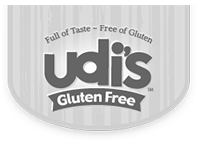

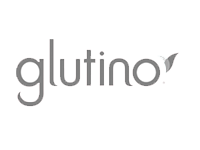
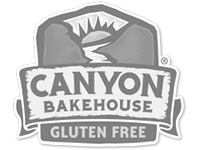
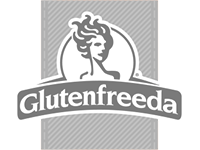






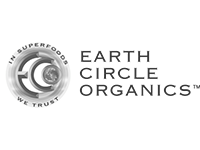

More Diets
To Alleviate Shin Splints, Try RICE
“Shin splints” is a condition characterized by pain along the shinbone (tibia)—medically known as medial tibial stress syndrome—and is commonly seen in runners, dancers, and other athletes who have recently intensified or changed their training routines. Shin splints are caused by repetitive stress on the muscles and tendons that attach to the tibia. For shin splints, the best treatment is prevention, which may include warm-up stretches, gradual conditioning, orthotics (shoe inserts for arch support) or different shoes, range-of-motion exercises, and a neoprene sleeve to warm up the leg prior to exercise. But, if you already have shin splints, here are a few methods to find relief:
- Remember RICE: rest, ice, compression, and elevation. Most cases of shin splints will heal on their own with RICE, plus judicious use of over-the-counter anti-inflammatory drugs such as ibuprofen.
- Some supplements can also help with pain and inflammation, including curcumin-rich preparations of turmeric(Curcuma longa), and proteolytic enzymes such as bromelain.
- Under the guidance of a qualified healthcare professional, one can also try topical DMSO (dimethyl sulfoxide gel) to reduce pain and swelling.
But, be sure to check with your doctor before trying to treat shin splints yourself.
Source: Muscle, Ligaments and Tendons Journal
Copyright © 2025 TraceGains, Inc. All rights reserved.

